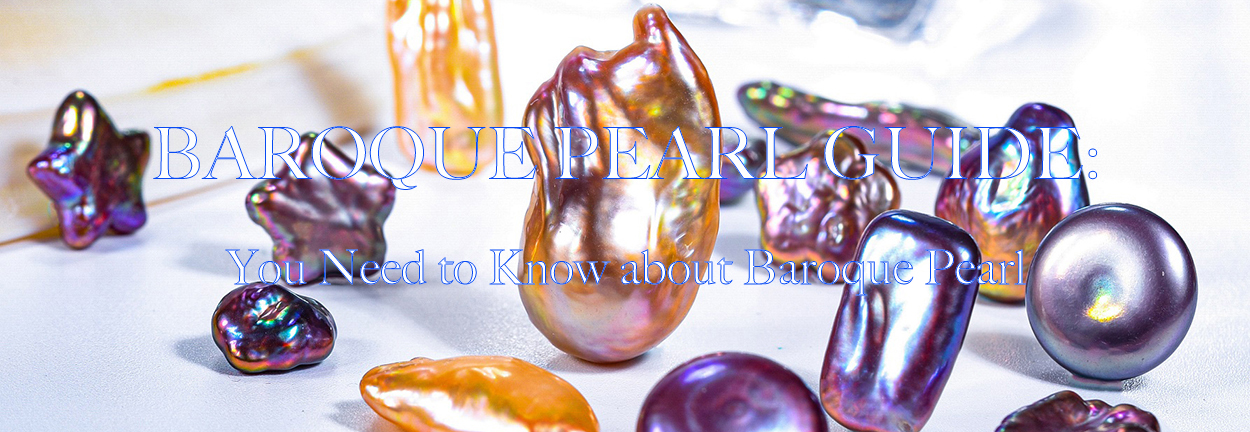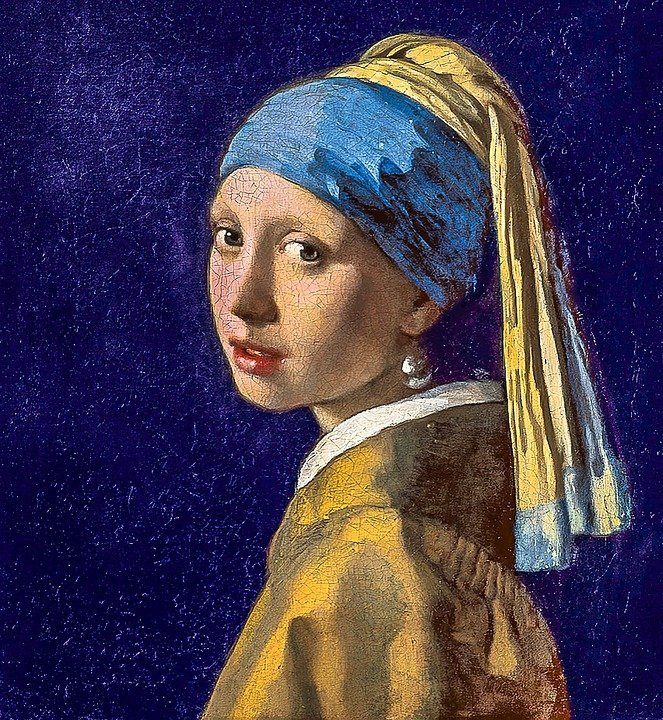Welcome to BAOYUE PEARL, we supply all shapes freshwater pearl with wholesale price, contact us to get a free Quote:

What's A Baroque Pearl ?
Most people think of Baroque as a variety of pearls, but the word "Baroque" actually refers to the shape of the pearl. (It can also be understood abstractly as Baroque)
Baroque pearls have a very beautiful color and dazzling brilliance, which is formed by a "pool" in the nacre (an area created by the baroque shape where the nacre can accumulate and the rest of the pearl goes deeper) , which also constitutes a unique attraction.
Baroque Pearls: Name Etymology and Popularity

The term ‘baroque’ finds its origins in the Portuguese word for ‘imperfect’ – ‘barocco’ in Portuguese. The term was first used in relation to a pearl in a French dictionary from the end of the 17th century, describing a gem that is imperfect in shape (off-round).
Baroque pearls gained a lot of popularity during the Renaissance years, when jewelers valued the gems for their unique and organic beauty. Their main use: in the creation of small figures, where the pearls were used as actual body parts. The finest example is a piece from the 16th century called ‘The Canning Jewel’, where a large baroque gem is used as a merman’s torso (see here).
The famous painting ‘Girl with the Pearl Earring’ by Johannes Vermeer depicts a young girl wearing a very large baroque pearl earring. The art piece, which gained its nickname as ‘Mona Lisa of the North’ was painted in the 17th century, during the Dutch Golden Age.
The most famous baroque pearl in the world is no other than ‘La Peregrina’. The gem has a long and rich history since being discovered in Panama in the 16th century. It as once owned by Napoleon, as well as by British royals, it was lost many times and later found, only to end up in the possession of Hollywood royalty.

The vast majority of freshwater pearls are baroque because these gems are mantle tissue nucleated and not bead nucleated. As for saltwater off-round pearls, Akoya pearls are rare, and both South Sea and Tahitian baroque gems are available (although often teardrop shaped) and valuable. The latter two are produced by Pinctada Maxima (gold and white lipped oysters) and Pinctada Margaritifera (black lipped oysters).
Almost half of the cultured Tahitian pearls are of the baroque and semi baroque pearls kind (slightly irregular in shape). While baroque pearls present irregularities all over, semi-baroque are usually of a more symmetrical shape (such as an oval or round), with irregularities usually found on one end.
Baroque pearls are broadly classified into two types – Asymmetrical and Symmetrical
1. Asymmetric baroque pearls
Asymmetric baroque pearls are more common than symmetrical baroque pearls due to their unique, irregular shape, and are much cheaper. Because of its unique shape, it has also been welcomed by countless designers and jewelry connoisseurs over the years.
2.Symmetrical Baroque pearls
Although we often divide pearls such as "oval or teardrop" into the category of "Baroque beads" (because they are not round), due to their high rarity and symmetrical shape, a pair of symmetrical Baroque pearls Pearls can be worth considerably or even higher than round pearls.




 WhatsApp Code
WhatsApp Code